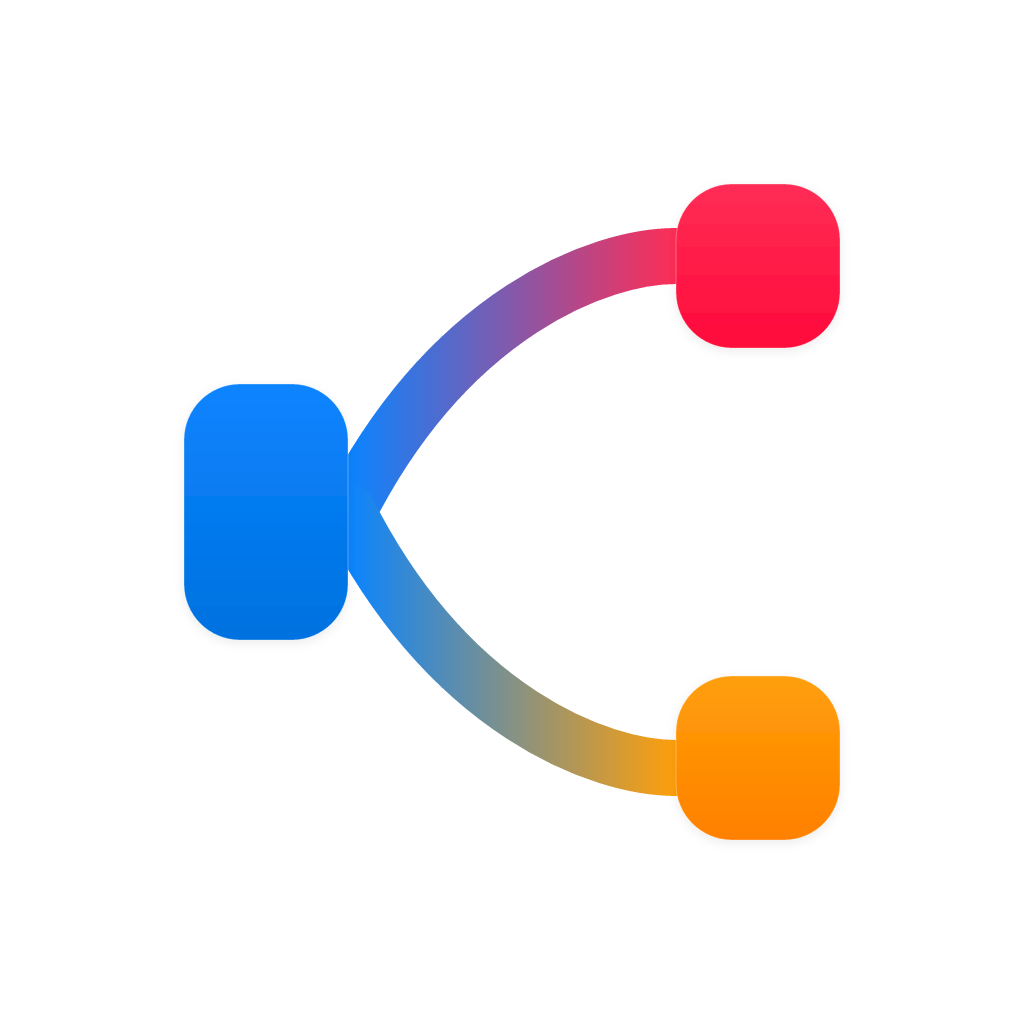Decoding Information Flows: A Comprehensive Guide to Creating and Interpreting Sankey Charts
Sankey charts, a uniquely informative data visualization method, present flows and conversions in an easily accessible and visually appealing manner. These charts help in understanding the intricate patterns and paths through which information or goods travel. From economic transactions and energy consumption to web traffic and supply chains, Sankey charts provide a clear, visual depiction of how entities are connected and exchanges occur.
## What are Sankey Charts?
Sankey charts are a type of flow diagram that visually represents the dynamics of data in a system. They were first developed by Captain Granville His Majesty’s Ships Sankey and Wigram. These maritime engineers developed a way to show the flow of maritime cargoes, such as coal, along ship routes through the creation of a flow map. However, the concept has evolved considerably since its inception and is now widely utilized across various fields.
## Key Components of a Sankey Chart
### 1. Flow Paths and Nodes
A Sankey chart comprises nodes which represent points of interest, such as sources, destinations, or categories, and flow paths linking these nodes through which the movement of data occurs. The width of each flow path corresponds to the amount of flow, illustrating the volume at a glance.
### 2. Colors and Labels
Colors are often used to highlight different aspects of the data, such as the origin of the data, the destination, or the type of flow. Labels and text provide additional context, helping the viewer understand the characteristics and significance of each flow and node.
### 3. Quantitative Data (Weights)
The thickness of the arrows in a Sankey chart indicates the magnitude of the flow. This is typically denoted as a ‘weight’ value in the chart’s legend or directly on the chart itself, showing the volume or quantity of the data flowing along each path.
### 4. Sankey Diagram Structure
Sankey diagrams usually start with a single node representing the origin of the data flow. The flows then split as they move from one node to another. Finally, they may converge or branch in a different direction, reflecting the multi-way nature of data exchange in many real-world systems.
## Creating a Sankey Chart
### Choosing Software
There are various tools available for creating Sankey charts, which range from simple to complex:
– **Online tools** like Sankey.js, yEd Graph Editor’s Sankey feature, or Datawrapper’s Sankey diagram tool provide easy options for creating diagrams quickly.
– **Programming libraries** such as D3.js, SankeyJS, or Vis.js offer more flexibility for those comfortable with coding, allowing for greater customization and control over the final visual result.
– **Excel/V lookup** and **PowerBI/PivotTable** can be used for creating simple Sankey charts with limited number of data points, but might require manual adjustment and might lack sophisticated visual customization.
### Data Preparation
1. **Identify Data Components**: Determine the sources, destinations, and the quantities of data flowing between them.
2. **Organize Data**: Prepare your data in a structured format like CSV (Comma Separated Values), JSON, or Excel files. Ensure each flow has an origin node, destination node, and weight.
### Design Your Chart:
1. **Define Nodes**: Each unique starting point and endpoint needs to be clearly defined and marked with appropriate labels.
2. **Set Up Flows**: Establish the relationships between the nodes. Decide if flows can be bidirectional (two-way) and adjust the chart accordingly.
3. **Styling**:
– **Node Styling**: Design the appearance of nodes to include colors, shapes, and sizing that reflect the nature or importance of the data.
– **Edge Widths**: Use the widths of the edges to visually represent the magnitude of data flow, which helps in visually comparing different data streams.
– **Edge Colors**: Use colors to differentiate between different types of flows or highlight significant data sources or destinations.
### Final Adjustments and Review:
– **Legend**: Include a legend detailing what different colors or symbols represent.
– **Layout**: Ensure the chart is neither too cluttered nor too wide, maintaining aesthetic appeal and ease of understanding.
– **Accessibility**: Add descriptive labels to each node and edge to enhance accessibility for visually impaired users.
## Interpreting a Sankey Chart
### Key Elements of Interpretation
– **Identify Major Routes**: Look for paths that have significantly thicker arrows than others, indicating substantial data flows.
– **Analyze Branching and Convergence**: Branching paths indicate diversification in data flow paths, while converging paths suggest data consolidation.
– **Color Coding**: Use color Coding to distinguish between different data sources or classes of data, enhancing the chart’s contextual information.
– **Data Consistency**: Ensure that the interpretation matches the underlying data. Any deviations should be checked for errors in data collection or misinterpretation.
### Insights and Applications
1. **Information Architecture**: Visualize how data traverses through a system, making it easier to understand user navigation, page views, or user interaction patterns.
2. **Resource Allocation**: Analyze the flow of resources like materials, energy, or data to optimize supply chains or resource distribution.
3. **Policy Making**: Illustrate economic transactions, financial flows, or environmental impacts in legislative frameworks or policy planning.
4. **Business Strategy**: Gain insights into market trends, consumer behavior, or competitive landscape by understanding the flow of goods, services, or data.
Sankey charts offer a unique opportunity to make complex flow data understandable and engaging through their intuitive design. Whether you’re analyzing internal business processes, creating informative data visualizations for reports or presentations, or seeking to enhance user insights on informational platforms, these powerful tools provide unparalleled insight into the patterns, dynamics, and relationships within your data. With the right choice of tools, preparation of data, and careful consideration of design and interpretation, Sankey charts can serve as a driving force for decision-making, innovation, and data-driven strategies across various domains.

